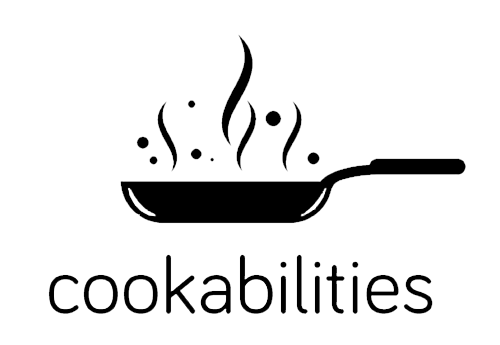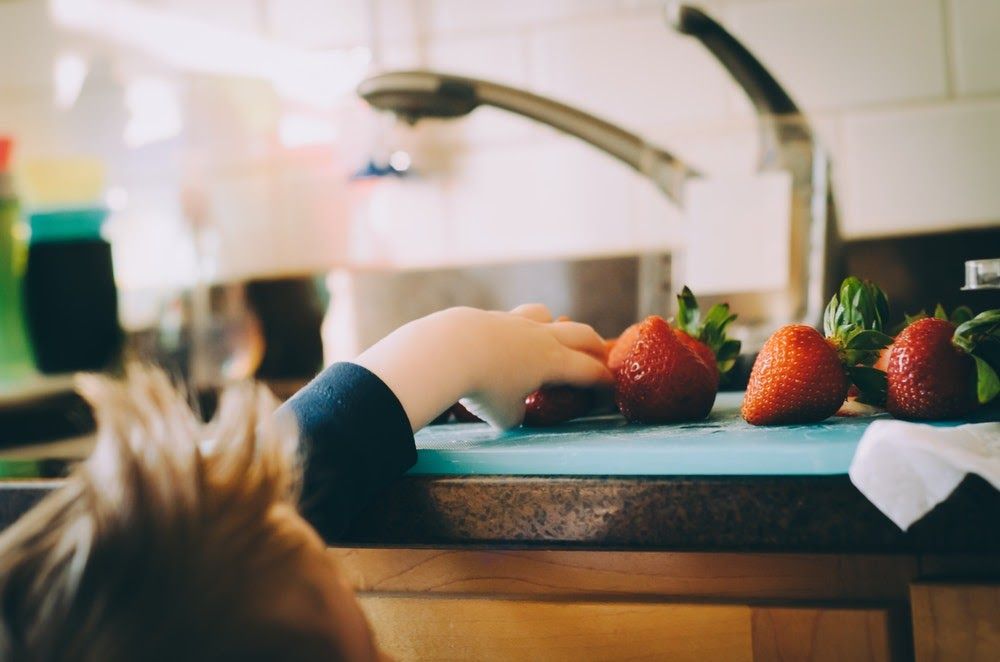It’s not a surprise your kids are drawn to the kitchen, as it’s a place of bright colors and yummy
smells. However, it can also be a dangerous place where accidents are prone to happen if you’re
not careful. Here are a few pointers on how to safely cook with your kids in the kitchen.
The basics
There are a few key rules to follow in the kitchen when small hands and feet are running about.
1. Permission should always be granted from an adult.
2. Unless they’re old enough and knowledgeable about how to use them, sharp tools such as
knives, scissors, blenders, and processors should be avoided. You can find kid-friendly plastic
knife options for beginners looking to cut softer foods. When cutting anything, remind them to
keep the blade pointed away from their body.
3. Wear an apron to protect your clothes from stains, and don’t wear baggy items that can easily
get caught on stuff.
4. Be careful to clean utensils, surfaces as well as your hands, before and after cooking. This is
especially important when dealing with raw meat. It’s also easier on everyone to clean as you go
as it prevents contamination and a big mess at the end.
5. Make sure pots and pan handles are not hanging off the stove where they can accidentally get
bumped into and knocked over.
6. Ask before licking, as it could be dangerous to consume raw ingredients.
Fire safety
Ready.gov recommends you “Take the mystery out of fire play by teaching children that fire is a
tool, not a toy,” and keeping them “away from cooking areas by enforcing a “kid-free zone” of 3
feet around the stove.” If you do end up letting them use the oven or stove, have potholders or
oven mitts on hand so they can deal with the heat without getting burned.
Don’t let them put metal materials in the microwave and avoid gas appliances if you can. Never
have them leave the kitchen unattended when cooking, teach them how to use a timer to check
on the progress of things, and be sure that all appliances are turned off when they’re done using
them.
To protect your home from a fire, test your smoke detector regularly and replace the batteries.
There should be several placed throughout your home, and everyone should be able to identify
what the sound means should it go off. In case of an emergency, teach your kids how to call 911,
use a fire extinguisher, or open windows and doors to vent air.
The benefits of a young chef
Despite the many dangers, cooking can be a fun and educational activity for your children to
partake in. They can use their creativity by helping to plan the family’s next meal, find the
ingredients, read the recipe aloud, and practice patience while it cooks. They can also put their
math skills to the test when altering a recipe by measuring and converting units as well as
understanding the science to how materials transform under certain elements.
Kid friendly tasks
You’ll want to make sure that what they are preparing in the kitchen is age appropriate for their
skill level. According to BBC Good Food, “Children will vary in their ability to undertake
different cooking activities. Use your own judgment to choose tasks you think are suitable for
your child.” Depending on their age they can cut out fun shapes in cookie dough, make no bake
cookies or rice krispie treats, crack eggs, add toppings to a pizza, whisk, stir, brush, or marinate.
As a parent, be prepared for things to go awry as this is a learning process. Remember that
helping prepare food at an early age is a good way to learn about nutrition. When creating a
safety rule, explain the significance behind it and let them come up with a few of their own as
they are more likely to follow them if they participate.


Recent Comments